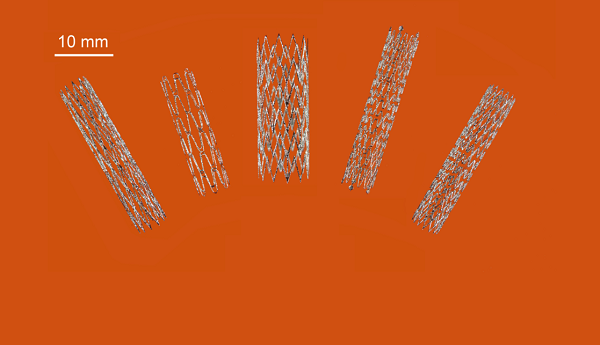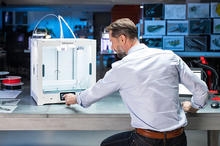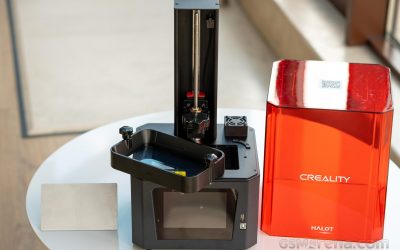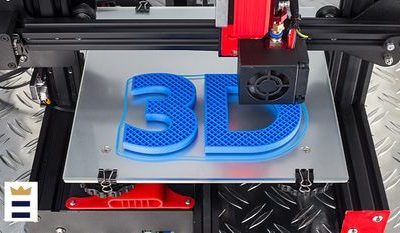Researchers from CSIRO have made it possible to 3D print tailor-made aortic stents, an implantable biomedical device used to treat narrow or blocked arteries. The development in partnership with Wollongong-based Medical Innovation Hub is a paradigm shift in the production of self-expanding metallic nitinol stents for Peripheral Arterial Disease (PAD), which afflicts more than 10 per cent of Australians.
.
PAD is a condition in which fatty deposits collect and reduce blood flow in arteries outside the heart — most commonly in the legs. CSIRO Principal Research Scientist Dr Sri Lathabai said the selective laser melting process allowed them to create complex products with high geometric accuracy that are patient specific. Dr Lathabai said: “Nitinol is a shape-memory alloy with superelastic properties. “It is a tricky alloy to work with in 3D printing conditions, due to its sensitivity to stress and heat. “We had to select the right 3D-printing parameters […]
Click here to view original web page at www.aumanufacturing.com.au






























0 Comments